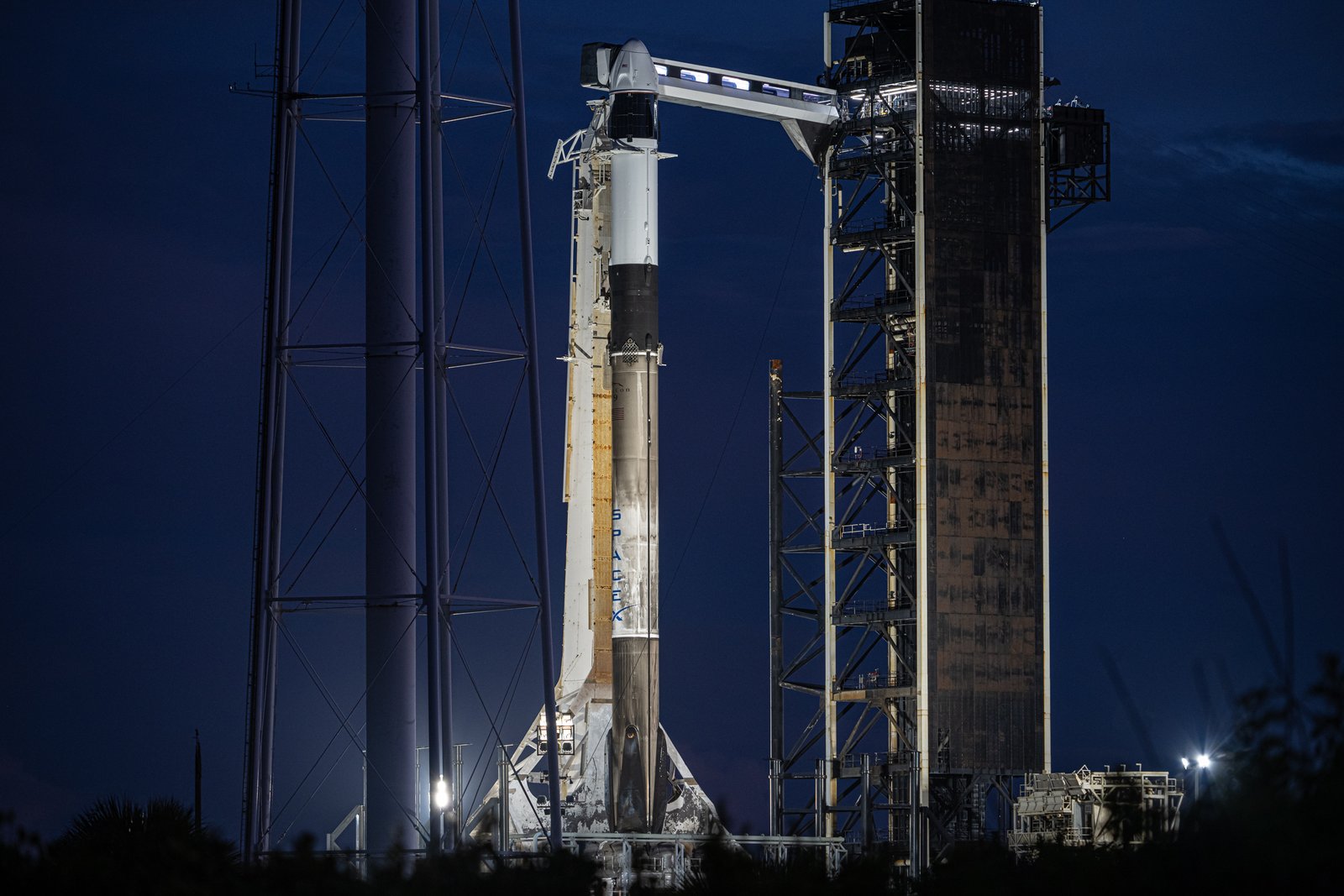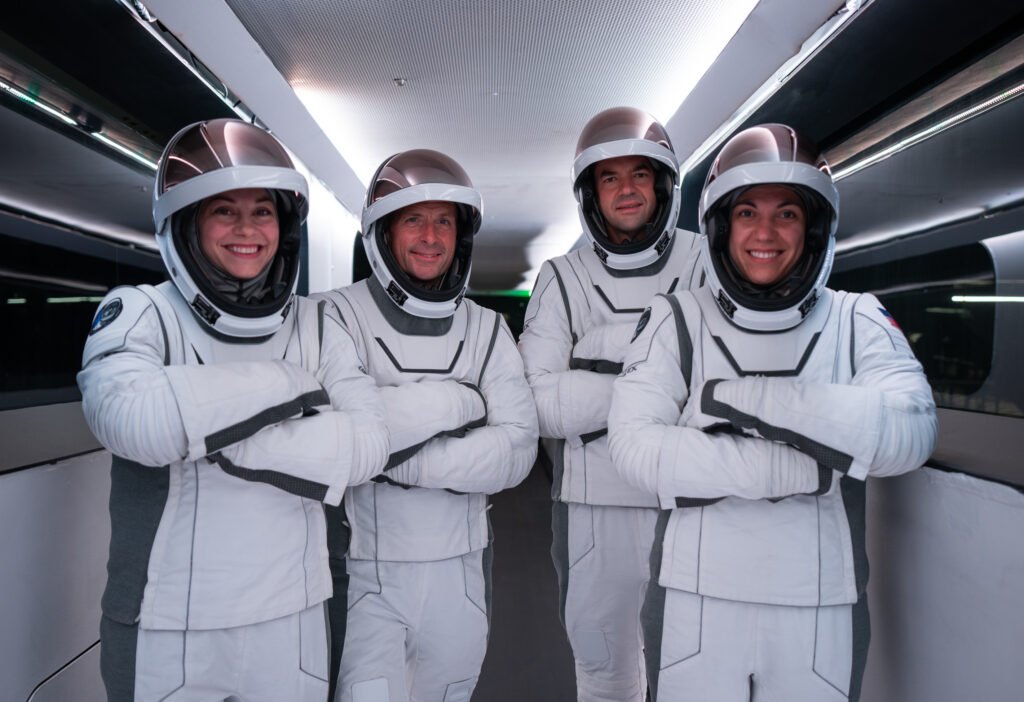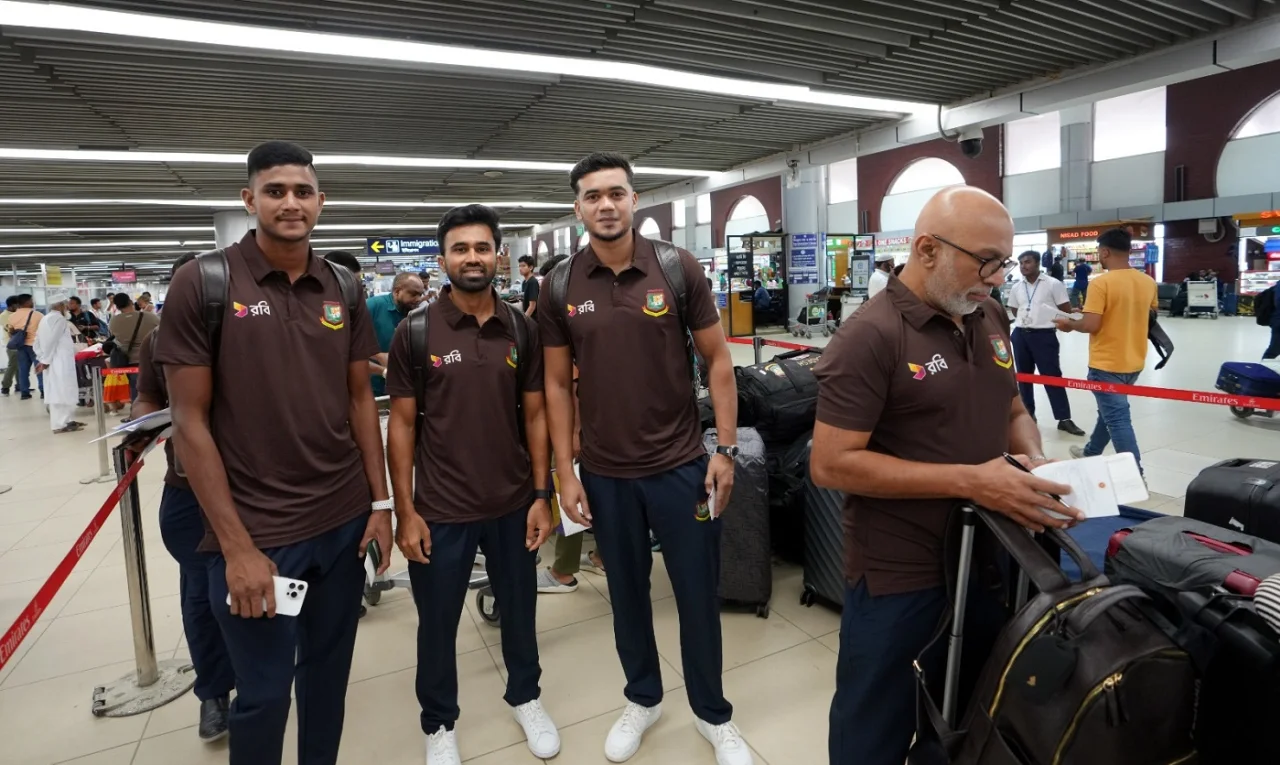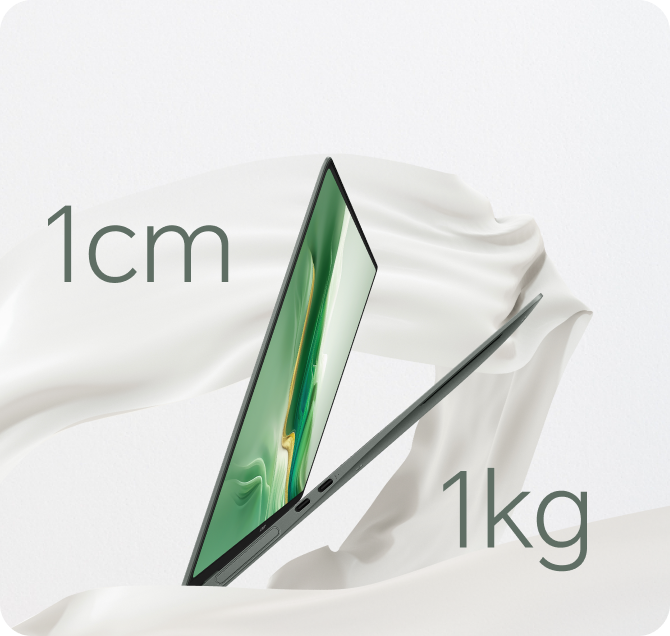Billionaire Jared Isaacman’s Second Space Mission: Polaris Dawn Aims High, Risks Included

Salekin
Editor & Writer
Purpose of the Polaris Dawn mission
Three years prior, billionaire entrepreneur Jared Isaacman embarked on a pioneering space expedition. The spacecraft, which Mr. Called Inspiration4 by Isaacman, was the first spacecraft to orbit Earth without a professional astronaut.
In the coming days, payment processing company Shift4 founder and CEO Mr. Isaacman plans to go into space again. This journey is longer, bolder, and riskier, and includes a spacewalk, the first by private astronauts.
The mission, named Polaris Dawn
The mission, named Polaris Dawn, recalls the first era of space travel, the 1960s, when pioneers like the Soviet Union’s Yuri Gagarin and NASA’s John Glenn pushed the boundaries of what was accomplished in space, learning how to survive and operate in a vacuum and weightlessness.
However, unlike missions led by government space agencies, Polaris Dawn is a private enterprise. Isaacman has teamed up with Elon Musk and SpaceX to realize Musk’s ambitious goal of taking humans to Mars.
“There’s always a risk calculus,” Isaacman shared in an interview about a week and a half ago, prior to him and his fellow crew members departing for Florida in preparation for the launch, “The true emphasis lies in what we have the potential to accomplish and the knowledge we can glean from this endeavor. And in this case, we have some fantastic things.”
A wonderful journey
Most astronaut missions these days are pretty much boring routines, basically transporting people to and from the space station in an orbiting taxi ride.
The Polaris Dawn mission will not be docking with a space station. Instead, it’s going farther than anyone has traveled since the Apollo 17 mission to the moon in 1972.
“It’s time to explore,” William Gerstenmeier, a former NASA official who is now vice president of build and flight reliability at SpaceX, said at an Aug. 19 news conference.
A SpaceX Falcon 9 rocket is set to propel a Crew Dragon capsule, identical to those used for NASA astronaut missions to the ISS, into an elongated orbit reaching far beyond Earth. The Polaris Dawn crew will traverse a zone of high radiation and face potential threats from micrometeoroids and orbital debris, both capable of compromising the spacecraft’s integrity.
New technology testing and data collection
The positive aspect of the journey is that it will test new technologies and collect data on the effects on the human body as humans go deeper into space.
“It’s a mission that sets out to accomplish a lot in a very short period of time,” Mr. Isaacman said. “We have some pretty ambitious goals.”
For this flight, SpaceX developed a new spacesuit to use for the spacewalk, and the crew will also attempt to send communications between Dragon and SpaceX’s constellation of Starlink Internet satellites via laser pulses instead of radio signals.
Launch Delays
On Tuesday evening, Space X canceled Wednesday and Thursday’s launch attempts due to concerns about weather in areas where the return spacecraft would splash. The company indicated that they would provide details of a subsequent launch attempt if circumstances permit. That announcement came after earlier delays to SpaceX to investigate a helium leak in the umbilical line that supplies helium to the rocket.
Tech News

A joint effort with SpaceX
Although Mr. Isaacman led and financed Inspiration4—he originally chartered a flight using a Falcon 9 rocket and a Crew Dragon capsule from SpaceX—to Polaris Dawn and the next two missions, Mr. In Isaacman’s words, Mr. A “joint effort” between Isaacman and SpaceX.
Mr. Isaacman chose not to reveal the financial investment made by himself or SpaceX. “We never get into the cost of it all,” he said. “I’ll just say that there’s obviously a lot of contributions that are coming from SpaceX and myself.”
Among the Polaris Dawn crew, two individuals, Anna Menon and Sarah Gillis, are employed by SpaceX. Menon holds the position of lead space operations engineer, while Gillis is responsible for overseeing astronaut training.
The other two crew members are Mr. Isaacman and Scott Potiet, a retired US Air Force pilot and Mr. A longtime friend of Isaacman who served as mission director on the ground during Inspiration4.
Challenging orbit
Polaris Dawn will be the farthest anyone has traveled from the planet since the Apollo moon landings ended more than 50 years ago. The first few orbits will pass through a notch in Earth’s magnetic field known as the South Atlantic Anomaly; This magnetic weak spot allows high-energy charged particles from a region known as the Van Allen Belt to come much closer to Earth’s surface.
In a few hours, the Polaris Dawn crew will receive a dose of radiation equivalent to what astronauts on the ISS absorb in three months.
Upon completing approximately eight orbits, the Crew Dragon will engage its thrusters to elevate the apogee—the orbital point most distant from Earth—to a remarkable altitude of 870 miles.
That would be nearly 17 miles higher than the 853-mile altitude reached by NASA astronauts Pete Conrad and Richard Gordon during the Gemini XI mission in 1966, still a spaceflight record for astronauts who have not been to the Moon.
After about six of these high orbits, Crew Dragon will fire its thrusters again to lower the spacecraft into a low, elliptical orbit with an apogee of 435 miles.
Unprecedented spacewalk
The pinnacle of this five-day mission is set for the third day: a venture outside the spacecraft. During the two-hour operation, the astronauts will put on their spacesuits before all air is expelled from the Crew Dragon; The interior of the spacecraft will become part of the vacuum of space.
Then two crew members – Mr. Isaacman and Ms. Gillis, connected by umbilical cords that will provide power, air, and other life support requirements — will step outside the spacecraft to conduct experiments in spacesuits.
Mr. Potiet and Ms. Menon will stay inside the capsule, keep an eye on the displays, and manage the umbilical cord, but “take all the risks we’re taking in the vacuum of space,” Mr. Isaacman said.
Technical Challenges and Preparedness
When Mr. Isaacman first announced a series of three space missions in February 2022, he said Polaris Dawn would take place later that year. However, the launch date was continually postponed as SpaceX engineers meticulously focused on maximizing the safety of the mission.
“At this point, there’s no stone left unturned to make sure we’re thinking of absolutely everything we can do,” Ms Gillis said.
The new technologies required for Polaris Dawn also went through numerous iterations and tests.
Mr. Isaacman recalled that he and Ms. Gillis went to NASA’s test facility in White Sands, New Mexico, to observe small projectiles being fired into spacesuits to see how they would hold up. “We certainly weren’t in them,” he said, “but to see how the suit works in a micrometeorite environment.”
To help ensure the spacewalk would go smoothly
In preparation for a seamless spacewalk, the Crew Dragon capsule underwent a thorough test within a massive vacuum chamber. This replicated the conditions of the airlock being depressurized prior to the spacewalk and subsequently repressurized with oxygen and nitrogen once the hatch was sealed.
Risk-averse, yet confident
Crew members acknowledged that risks remain, but said they and SpaceX’s 14,000 employees have done everything they can to prepare to handle them.
“The first time we got into the simulator and we had to work as a crew, it went horribly wrong,” Ms Gillies said. “We had a lot to learn because we weren’t able to work as a team yet.”
He added, “One of my favorite parts of this journey is actually how we bring these incredible skill sets together to create a team that can work on these goals and succeed as a team.”
New horizons of science
The crew will conduct about 40 experiments, including obtaining magnetic resonance images of the astronauts’ brains and attempting to take X-ray images without an X-ray machine using natural showers of radiation that flow through space.
“We’re going to spend every waking moment while we’re in orbit solving these problems so we can exploit this opportunity,” Mr Potiet said.
Mr. Potiet even underwent surgery to implant a device that would measure the pressure of the fluid around his brain. When astronauts float in orbit, fluids inside their bodies move upward, which can increase pressure inside their skulls, a possible cause of the crushed eyeballs, swollen optic nerves, and blurred vision experienced by some astronauts.
However, the device has been removed. “It was an experimental surgery,” Mr Potiet said. “That particular device didn’t work.”
about family
The mission, spanning five days, will conclude with a splashdown in the waters off the Florida coast.
The crew will be thinking of their families during the voyage.
“I often think they have the hardest job when we’re in this effort,” Ms. Menon said. “One of the ways I’ve connected with my family on this journey is that I’ve written a children’s book called ‘Kiss from Space’.”
She and her co-writer, Kerry Vasek, “wanted to tell a story about the power of love to overcome distance,” Ms. Menon said. “And this is the story I wrote for my children on this journey, and I will have the opportunity to read it to them from space.”
The beginning of a historic mission
The Polaris Dawn mission is not just a trip to space, but the beginning of a new chapter in space exploration. This mission will take SpaceX and Jared Isaacman’s dream of space exploration one step further.

Images Credit To Space X


Two more missions are planned
There are two more missions planned under the Polaris program. The next mission, Polaris Dawn, will be a crewed flight that will travel in a high-altitude orbit around Earth and include a spacewalk by crew members outside the spacecraft. The third mission will be the first human mission to Mars.
Conclusion
The Polaris Dawn mission is set to be a historic mission. It will usher in a new chapter in space exploration and take the dream of sending humans to Mars a step forward. If this mission is successful, we may see more private space missions in the future.
Do Not Forget To Share This Post
Recent News































































































